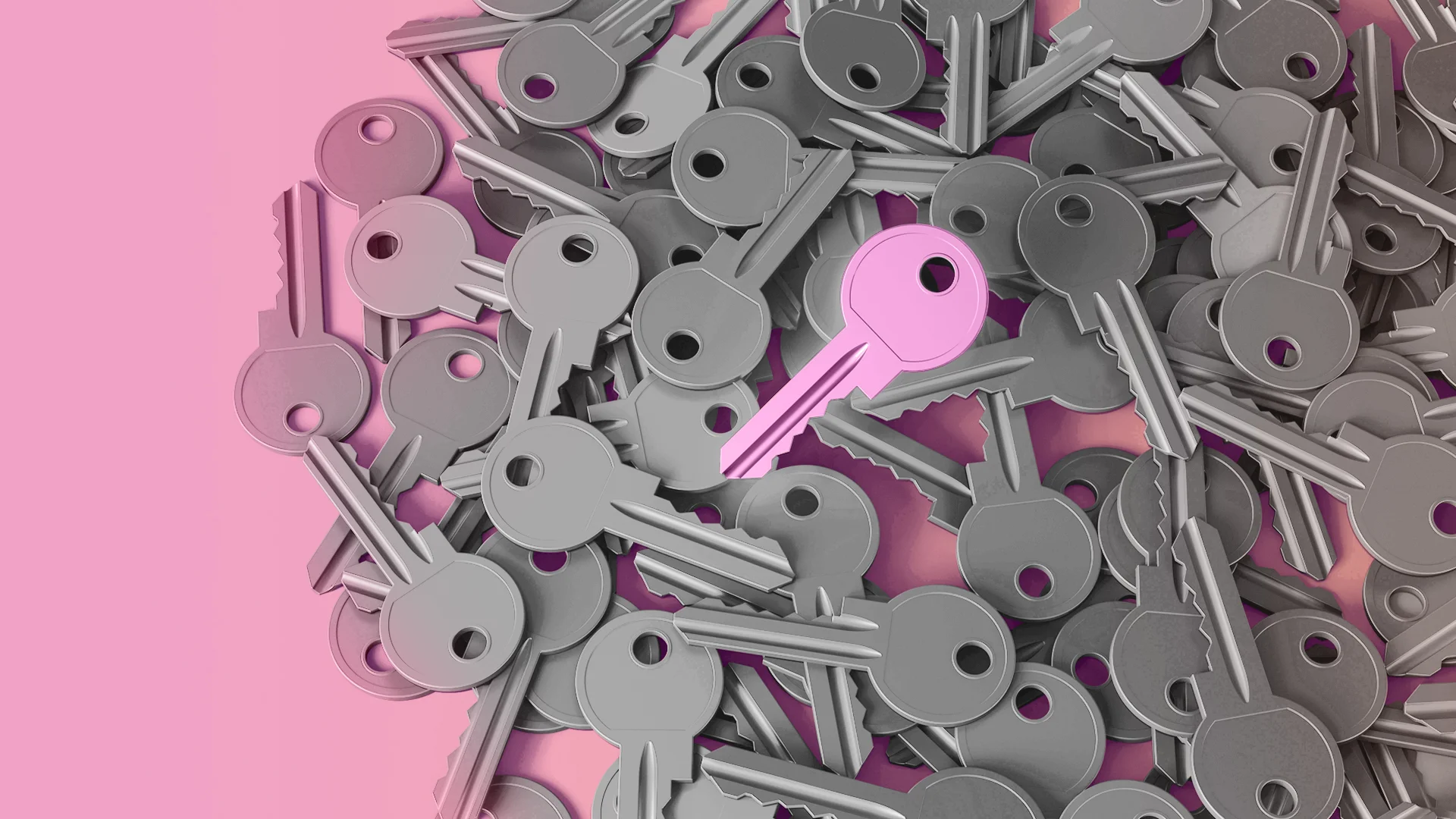Understanding the Different Types of Mortgages in Australia
Australia, a country known for its vast landscapes, diverse wildlife, and booming economy, is also home to a thriving housing market. With a population of over 26 million, many Australians aspire to own their own homes, whether in the bustling cities of Sydney and Melbourne or the quieter suburbs and rural regions. The Australian dream of homeownership remains strong, despite fluctuating property prices and varying economic conditions. To make this dream a reality, most Australians rely on home loans, commonly referred to as mortgages.
The Australian mortgage market offers a variety of options to suit different financial situations and lifestyle needs. Whether you’re a first-time homebuyer, an investor, or looking to refinance, understanding the types of mortgages available can help you make informed decisions. In this post, we’ll explore the main types of mortgages in Australia, including variable rate, fixed rate, split loans, and more, so you can find the best fit for your needs.
- Variable Rate Mortgage
A variable rate mortgage is one of the most common types of home loans in Australia. With this type of loan, the interest rate fluctuates over time, depending on the movements of the Reserve Bank of Australia’s (RBA) official cash rate and other market factors. When the RBA reduces the cash rate, the interest on a variable rate mortgage generally falls, which can reduce monthly repayments. However, the reverse is also true — if the cash rate increases, so too does the mortgage interest rate, leading to higher repayments.
Variable rate mortgages often offer more flexibility compared to other loan types. Borrowers can usually make additional payments without penalty, allowing them to pay off the loan faster. Some variable rate loans also include features like redraw facilities and offset accounts, which can help reduce interest payments.

- Fixed Rate Mortgage
A fixed rate mortgage locks in the interest rate for a set period, typically ranging from one to five years. This means that, regardless of market fluctuations, your interest rate and monthly repayments remain consistent during the fixed term. This option is ideal for borrowers who prefer certainty and stability, especially during periods of economic uncertainty or when interest rates are expected to rise.
The downside of a fixed rate mortgage is its lack of flexibility. Most lenders impose restrictions on extra repayments, and if you choose to break the fixed term (for example, by selling your home or refinancing), you could incur costly break fees. After the fixed term ends, the loan typically reverts to a variable rate, unless you negotiate a new fixed term.
- Split Loan
A split loan offers a combination of both variable and fixed rate features. With this type of mortgage, part of the loan is on a variable rate, while the other portion is fixed. This allows borrowers to benefit from the stability of a fixed rate and the flexibility of a variable rate. For example, you can make additional repayments on the variable portion while enjoying fixed repayments on the other half of your loan.
Split loans can provide a balanced approach, giving homeowners the best of both worlds. However, they can also be slightly more complex to manage, and some lenders may charge fees for maintaining two portions of the loan.
Understanding these different mortgage options is essential when navigating the Australian home loan market. Each type has its pros and cons, and choosing the right one depends on your financial goals, risk tolerance, and personal preferences. It’s always a good idea to consult with a mortgage broker or financial advisor to help you find the best loan to suit your needs.